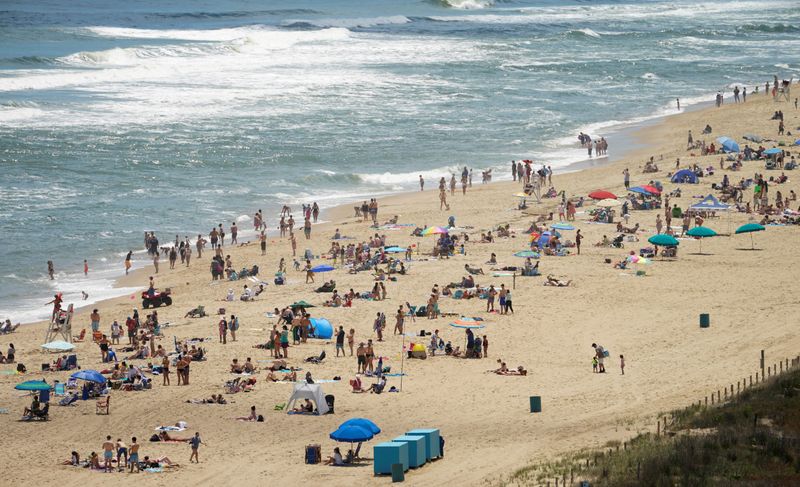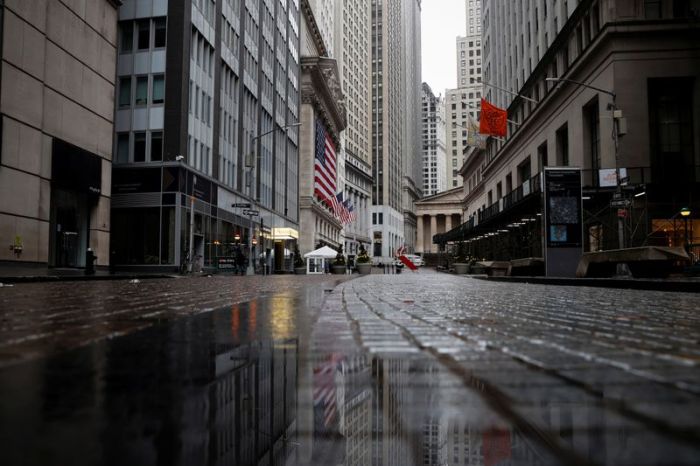(Reuters) – The arrival of warmer weather in the Northern Hemisphere raises the question of whether summer could slow the spread of the coronavirus outbreak. Here is what science says.
While warmer weather typically ends the annual flu season in temperate zones, climate alone has not stopped the COVID-19 pandemic from sweeping any part of the globe. In fact, outbreaks in hot and sunny Brazil and Egypt are growing.
Still, recent data about how sunlight, humidity and outdoor breezes affect the virus gives some reason for optimism that summer could slow the spread.
IS THE NEW CORONAVIRUS ‘SEASONAL’?
The virus has not been around long enough to be certain.
Respiratory infections like flu and the common cold follow seasonal patterns in temperate regions. Environmental conditions including cold weather, low indoor humidity, and spending more time indoors can all hasten the spread of an epidemic.
Real-world evidence about the effect of weather on the new virus is mixed. One study of 221 Chinese cities found that temperature, humidity and daylight did not affect speed of spread.
Two other studies did find an effect, including a look at new infections in 47 countries that linked higher temperatures to slower transmission in places like the Philippines, Australia and Brazil.
“The Northern hemisphere may see a decline in new COVID-19 cases during summer and a resurgence during winter,” concluded the authors of another study of 117 countries, which found that each 1-degree of latitude increase in distance from the Equator was associated with a 2.6% increase in cases.
The head of the World Health Organization’s emergencies programme, Mike Ryan, cautioned: “We cannot rely on an expectation that the season or the temperature will be the answer to (the disease’s spread).”
WHY DO RESPIRATORY DISEASES SPREAD DIFFERENTLY IN SUMMER AND WINTER?
“The reason why cold weather is presumed to cause spreading of coughs, colds and flu is that cold air causes irritation in the nasal passages and airways, which makes us more susceptible to viral infection,” said Simon Clarke, an expert in cellular microbiology at Britain’s University of Reading.
Winter weather tends to inspire people to spend more time indoors, although air conditioning may also bring people back inside in the summer.
In the lab, when temperatures and humidity rise, coronavirus particles on surfaces more quickly lose their ability to infect people – and they are inactivated especially fast when exposed to sunlight, U.S. government researchers found.
It is still a good idea for people to wash hands frequently, practice social distancing and wear a mask in summer, experts say. While virus particles coughed or exhaled by an infected person will disperse faster outdoors, one study found a gentle breeze could carry saliva droplets up to 6 m (19.69 feet).
WHAT ELSE ABOUT SUMMER COULD SLOW THE VIRUS?
Vitamin D: Researchers are investigating whether levels of immunity-regulating vitamin D in people’s blood affect how vulnerable they are to infection with the new coronavirus or how sick they become. The majority of vitamin D in the body comes from skin exposure to sunlight.
Pollen: A study in the Netherlands of all “flu-like” illness, including COVID-19, in recent years concludes that pollen concentrations are a better predictor than sunlight of respiratory disease trends. Clouds of pollen act as air filters, snagging virus particles, and pollen activates immune responses, even in people without overt allergies.
The study found that flu-like illness started to drop when pollen in the air reached 610 grains per cubic metre, a typical level from early spring to October in most middle latitudes.
(Reporting by Kate Kelland in London, Manas Mishra in Bengaluru and Christine Soares in New York; Editing by Peter Henderson, Matthew Lewis and Peter Cooney)























